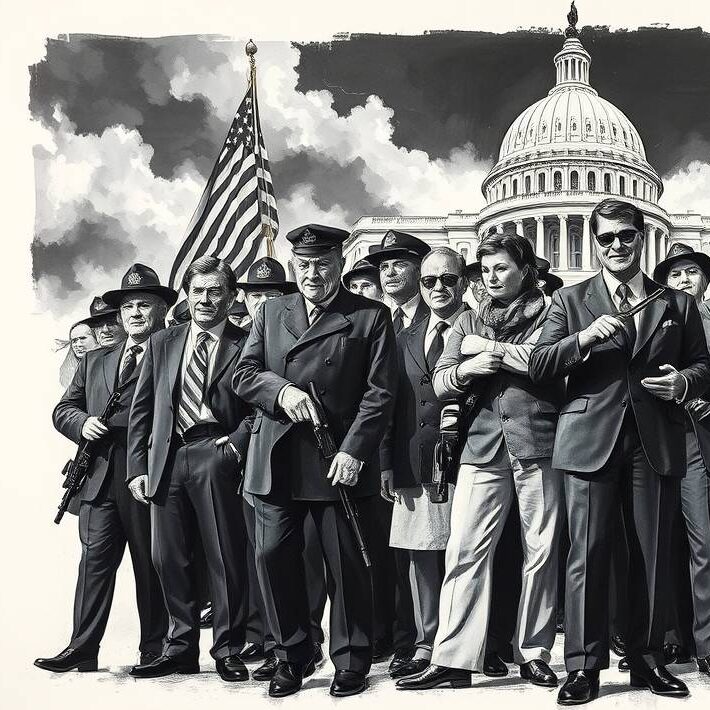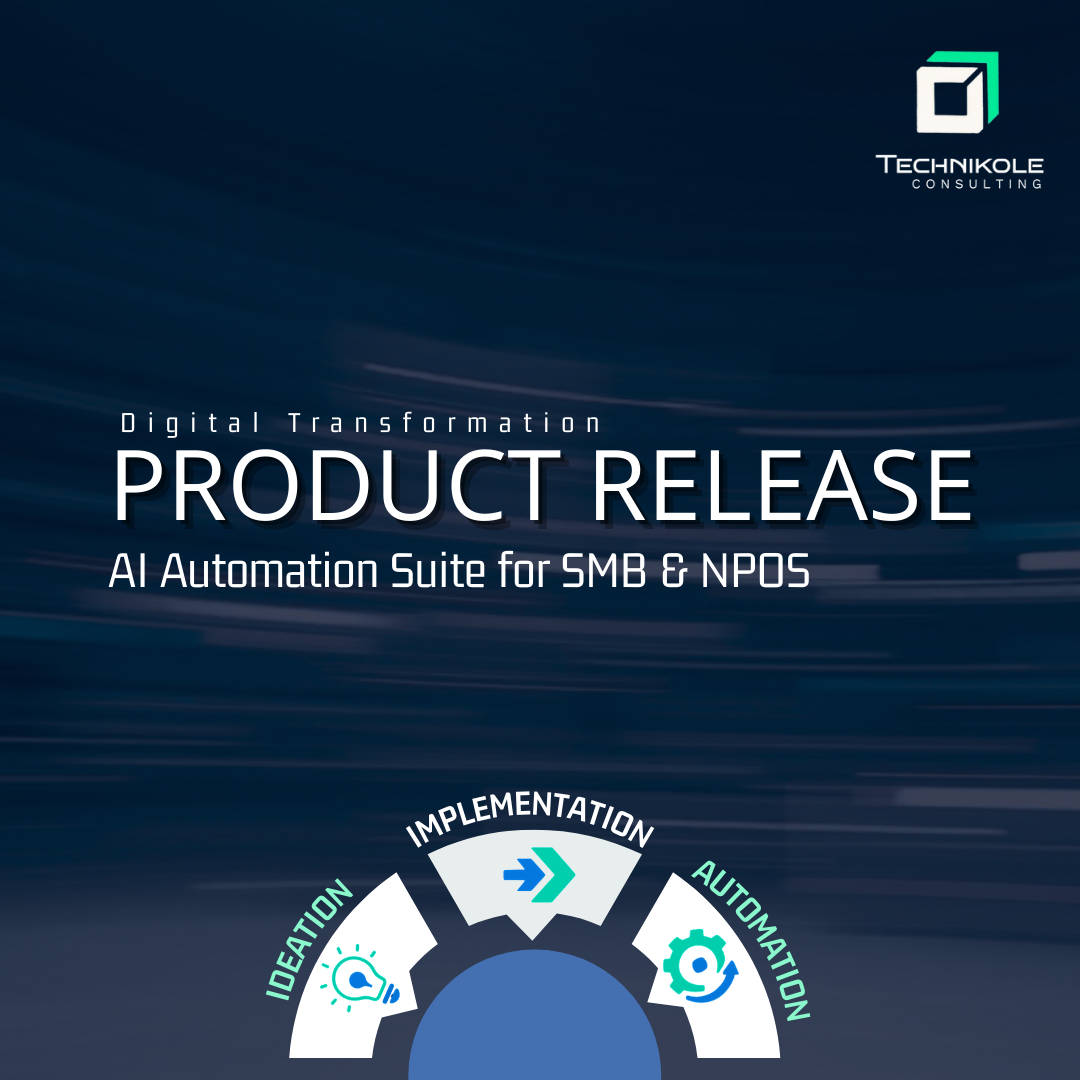🚨Innovation, Diversity, and Creativity at Risk
In a move that could reshape the future of artificial intelligence (AI) regulation, the House Energy and Commerce Committee has recently proposed a 10-year moratorium on state-level AI regulation. The rationale behind this plan is to introduce a unified federal framework that would centralize the regulation of AI and prevent states from enacting their own laws. Proponents argue that a cohesive national approach is essential to remain competitive in the rapidly advancing AI landscape. However, such a move could have significant drawbacks for innovation, creativity, and diversity in the field.
The Fallacy of a Unified Federal AI Framework
While it may seem efficient to have one governing body regulate AI across the country, the reality is that a single federal framework could stifle the very innovation it aims to promote. AI, by its very nature, is diverse and constantly evolving. Its applications span multiple industries, and as such, different regions of the country face unique challenges. A one-size-fits-all approach is not only impractical but detrimental to the agility required for true innovation.
Centralized regulation can dampen creativity by imposing rigid standards that don’t account for regional differences. Diversity introduces creativity and that improves innovation. Whether in the form of ideas, talent, or the experimentation that comes with allowing localized approaches. Limiting the ability of states to tailor their regulations based on their specific needs could hinder the ability to address important issues like algorithmic bias, deepfakes, or discriminatory practices in AI applications.
A Balance of Innovation and Oversight
Just like humanity, AI is not a monolith; it touches almost every aspect of modern life, from healthcare to education to transportation. A federal framework designed to regulate AI uniformly could potentially overlook the nuances of how AI affects people in different states or sectors. This lack of nuance could lead to broad regulations that fail to address specific concerns or, worse, introduce unintended consequences.
On the other hand, state-level regulations allow for flexibility. They create an environment where local governments can experiment with AI policies tailored to their unique contexts. This promotes a healthier ecosystem for AI growth, allowing for more experimental regulation while safeguarding against harmful or unethical uses of the technology. State laws also ensure that the voices of local communities, often ignored in centralized legislation, have a say in how AI is developed and deployed.
The Power of Diversity in Innovation
One of the most compelling reasons to oppose a unified federal framework for AI regulation is the creative potential it could suppress. By imposing a rigid national standard, we risk losing the power of diverse approaches, the very thing that drives technological advancements. Regionally there are different sets of challenges that while collectively could be interesting to watch AI manage, may not take local quirks into consideration.
For example, different states have already taken proactive steps in AI regulation, addressing unique concerns within their populations. In California, lawmakers have focused on privacy protections for consumers, while Illinois has been at the forefront of addressing the use of AI in hiring and law enforcement. These localized regulations not only respond to specific needs but also create spaces where AI technologies can evolve in ways that serve the public interest.
Diversity in approaches allows for greater creativity in problem-solving. If we centralize control under a single federal framework, we lose the ability to experiment and explore alternative solutions at the local level. This curtailment of flexibility stifles innovation, making it harder to adapt AI to the needs of an ever-changing world.
For examination consider the rise of women in tech and minorities in STEM in more recent years. While historically excluded from the innovation conversation, over the last decade we have seen improvements in representation which as resulted in innovative ideas that address broader, more inclusive concerns. More dramatically, the advent of medical technologies that account for gender or race-specific needs—something that was largely overlooked before diverse innovation teams pointed out the need for inclusive research. Think about how apps like Shazam or the headphone jack on smartphones (both innovations often attributed to marginalized groups in the industry) might have been missed without a more diverse team. The efforts like the creation of “ChatBlackGPT”, “.Her” by CreateHer Fest and the entire Women Techmakers community, would not be here.
A Call for a More Nuanced Approach
Rather than a blanket moratorium on state-level AI regulations, lawmakers should advocate for a regulatory framework that recognizes the value of both centralized and localized oversight. A federal framework could set broad, ethical standards for AI development, but states should retain the ability to enact regulations that reflect the unique concerns of their citizens. This balance would ensure that AI is developed responsibly while allowing for the creative and adaptive potential that innovation demands.
The innovation ecosystem thrives on diversity—not only in terms of ideas but also in regulatory approaches. Allowing states to regulate AI provides a dynamic environment where different solutions to the same problem can emerge. This fosters a competitive, experimental, and ultimately more robust development of AI technologies that serve all Americans, not just those who fall under the jurisdiction of one-size-fits-all regulations.
Conclusion: Innovation Over Bureaucracy
The proposed 10-year moratorium on state-level AI regulation is not just an administrative issue; it’s a matter of preserving the fundamental qualities that make innovation possible. By centralizing AI oversight under a single federal framework, we risk stifling creativity, reducing diversity in regulation, and hindering the potential for breakthrough innovations. If we truly want to unleash the power of AI to benefit all citizens, we must champion a regulatory landscape that encourages experimentation, creativity, and local adaptation, rather than a top-down, one-size-fits-all approach.
AI’s future must be guided by the values of flexibility, creativity, and diverse thinking. Limiting state-level regulation would only serve to restrict these values and put the brakes on the very innovation that will define tomorrow. It’s time to rethink the approach and ensure that the future of AI is one that reflects the dynamic, diverse, and creative potential of the people it is meant to serve.
If you take away nothing, catch a glimpse at the timeline of change that just 3 years of “mainstream” AI adoption has brought us:
🧠 A Three-Year AI Revolution: Why a 10-Year Regulatory Freeze Is Unthinkable
So what can happen in 10 years? Lets look at the evolution of AI in terms of mass adoption and model scaling across the few years. In just over two years, AI has transformed from a novel technology into a pervasive force reshaping industries, economies, and daily life. Here’s a timeline highlighting this rapid progression:
📅 November 2022: ChatGPT Launches
OpenAI releases ChatGPT, a conversational AI model, marking a significant leap in public AI interaction.
📅 March 2023: GPT-4 Debuts
OpenAI introduces GPT-4, a multimodal model capable of processing text and images, enhancing the versatility of AI applications.
📅 May 2023: ChatGPT Mobile Apps Released
OpenAI launches ChatGPT apps for iOS and Android, expanding AI accessibility to mobile users worldwide.
__
November 2022: ChatGPT Launches
OpenAI releases ChatGPT, a conversational AI model, marking a significant leap in public AI interaction.
📅 December 2023: Google Releases Gemini
Google’s DeepMind launches Gemini, a multimodal AI model designed to process text, images, audio, and video, competing directly with GPT-4.
📅 May 2024: GPT-4o Announced
OpenAI announces GPT-4o, an advanced model integrating text, audio, and visual inputs, capable of real-time interactions and multilingual support.
📅 January 2025: Gemini 2.0 Flash Released
Google releases Gemini 2.0 Flash, featuring real-time audio and video interactions, enhanced spatial understanding, and integrated tool use.
📈 Token Capacity Expansion Over time
- GPT-3 (2020): 2,048-token context window.
- GPT-4 (2023): 8,192-token context window.
- GPT-4o (2024): 128,000-token context window.
- Gemini 1.5 Pro (2024): 2,000,000-token context window.
- Llama 4 Scout (2025) up to 10M-token context window.
This exponential growth in token capacity enables AI models to process and understand vastly larger amounts of information, enhancing their capabilities in tasks like document analysis, coding, and content generation.
🌍 Industry Disruption
AI’s rapid advancement has led to significant disruptions across various sectors:
- Technology (SaaS & Developer Tools): AI copilots like GitHub Copilot and ChatGPT are reshaping software development, reducing the time and cost to ship code. You don’t even need to know code anymore to build ecosystems and frameworks. SaaS platforms are rapidly embedding AI to offer predictive analytics, automate workflows, and replace traditional UI-driven tasks with natural language interfaces.
- Media & Entertainment: AI-generated content—from news summaries to deepfake voiceovers and video edits—is challenging traditional roles in journalism, marketing, and entertainment. Studios are already experimenting with AI scriptwriting, dubbing, and visual effects, raising both creative possibilities and ethical concerns.
- Education: Companies like Chegg have faced substantial challenges due to AI tools offering free academic assistance, leading to workforce reductions.
- Healthcare: Tech giants like Amazon and Nvidia are heavily investing in AI-driven medical solutions, transforming diagnostics and patient care.
- Manufacturing: China’s deployment of AI-powered humanoid robots is revolutionizing manufacturing processes, aiming to address labor shortages and increase efficiency.
🧭 The Case Against a 10-Year Regulatory Freeze
Considering the monumental changes AI has undergone in just three years, a 10-year moratorium on state-level AI regulation could hinder the ability to address emerging challenges and protect citizens effectively. As one observer aptly put it:
“This would not simply be a pause in regulation. It’s a decade-long permission slip for corporate impunity.” — J.B. Branch and Ilana Beller, Public Citizen
🚨 Conclusion
The pace of AI development is unprecedented, and the implications of a decade-long regulatory hiatus are profound. To ensure that AI evolves in a manner that is ethical, inclusive, and beneficial to all, continuous and adaptive oversight is essential. Allowing states the flexibility to address AI’s challenges and opportunities is crucial in navigating this rapidly changing landscape.




Leave a Reply
You must be logged in to post a comment.